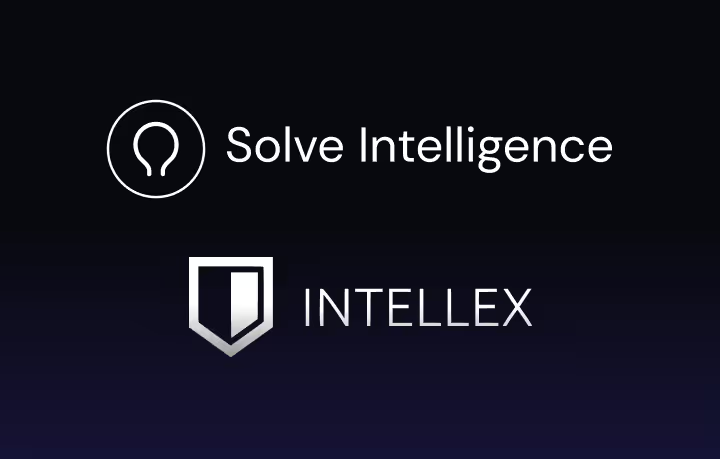How Scale LLP Increases Patent Drafting Efficiency by 40-60%
Boosting patent drafting efficiency by 40-60%, Scale LLP uses Patent Copilot™ to enhance quality, streamline workflows, and more.

Alexander Slafkosky, Counsel at Scale LLP, reports how using Solve Intelligence’s Patent Copilot™ has led to 40-60% efficiency improvements in his patent drafting workflows.
‘I have been using Solve Intelligence to help draft patent applications, and I find it incredibly powerful and definitely the future of patent drafting.’ - Alexander Slafkosky, Scale LLP
‘I have nothing but great things to say about Solve’s Patent Copilot. I have used it for about a half dozen patent applications, and with each successive project my final deliverable gets even better. As I gain more experience with Solve's AI, I find that I can spend more time focusing on what needs to be said (e.g., solid background, alternative embodiments, correct scoping) rather than how to get words onto paper. My work has become more strategic and analytical and less wheel-spinning, which ultimately leads to better patent applications. And Solve's non-stop improvements based on attorney feedback - both to usability and functionality - are amazing.’ - Brian Detwiler, Scale LLP
Challenge
Scale LLP, a forward-thinking law firm based in Silicon Valley, faced the challenge of optimizing their patent drafting process. Traditionally, many parts of the process were time consuming and cumbersome. They needed a solution that not only accelerated drafting but also enhanced the quality of the patents they draft and the service they provide clients.
Solution
By adopting Patent Copilot™, Alex has ‘changed how he practices patent law’.
Alex now starts with a single robust independent claim. Next, he uploads the disclosure materials (video call transcripts, technical materials, rough notes, etc.). Then, Alex uses Patent Copilot™ to draft 20-40 dependent claims before cutting down and asking the AI to add to any soft spots identified. Alex will then use Patent Copilot™ to iteratively build out the specification, using the AI to draft technical benefits and alternative options. Finally, Alex uses Patent Copilot™ to draft the ‘necessary but boring’ parts such as the summary, EP styles, etc.
Results
Using the above process with Patent Copilot™, Alex has yielded 40-60% efficiency gains in his workflows.
In three recent provisional applications:
- For Client 1, the AI contributed to 38% of the word count for substantive specification and benefits sections.
- For Client 2, the AI's contribution was 42% of the word count, with a notable 30% in the benefits section alone.
- Client 3 saw the AI's contribution reach 61% of the word count, with over a quarter in claims and a third in benefits.
These figures translate into tangible benefits for Scale LLP and its clients:
- More efficient use of budget, allowing for higher quality patents or more patents per budget.
- Elimination of monotonous parts of the patent drafting workflow.
- Overcoming the initial challenge of drafting from scratch.
By leveraging AI, Scale LLP has not just increased efficiency but also improved the quality of its patent applications, ensuring that clients receive the strongest possible intellectual property protection and service from their outside counsel.
AI for patents.
Be 50%+ more productive. Join thousands of legal professionals around the World using Solve’s Patent Copilot™ for drafting, prosecution, invention harvesting, and more.

.avif)

